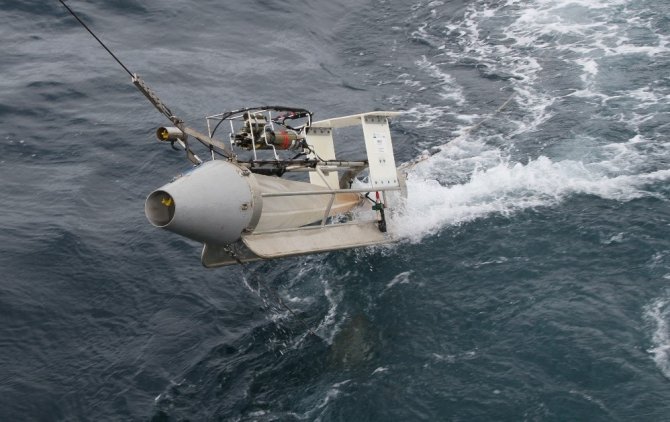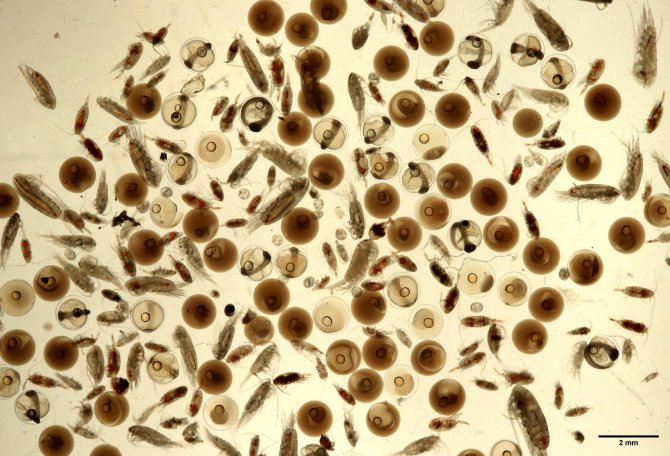
Impact story
Maturity research in mackerel: understanding altered spawning behaviour
Wageningen Marine Research scientists conduct a six-week survey of mackerel and horse mackerel egg production in the northeast Atlantic every three years in May/June. This yields estimates of the total egg production during the spawning season. Fishing and counting the eggs in the spawning area enables scientists to estimate that year's total adult spawning population. This research is part of the ICES (International Council for the Exploration of the Sea) coordinated international Northeast Atlantic mackerel and horse mackerel egg survey.
Climate change alters migration patterns and spawning season
Mackerel is a migratory species that covers enormous distances in large groups. The species' migration patterns are affected by climate change and an increase in the spawning stock size. Mackerel is currently present in the more western and northern parts of the Atlantic, unlike before. In recent years, changes in spawning behaviour have also been reported. The changes are related to the timing and the peak of the spawning.

Monitoring developments in reproductive organs and spawning periods
Following the development of a population with a distribution area of this size, ranging from west of Portugal to the Norwegian Sea, is a continuous challenge. One approach is to gain insight in how the gonads (reproductive organs) of the mackerel develop. These organs continue to develop outside of the spawning season.
Data on when and where mackerel spawns are also valuable to determine how the scientific research on mackerel eggs is set up. The information helps to determine when the international survey must start and when and in what areas of the northeast Atlantic samples must be taken. Moreover, this knowledge may affect the way in which the size of the adult spawning stock is calculated. We gain more insight into how eggs develop in relation to water temperatures and the availability of food.

Gathering data on spatial-temporal patterns to learn about spawning strategy
The pelagic fishing industry participates in the provision of data about mackerel in several ways. For example, there is cooperation in the mackerel tagging programme, swept-area surveys in the summer and the mackerel egg survey. In all cases, insight into the spatial-temporal patterns is essential. This data enables us to develop reliable indicators to evaluate the stock.
The 'Year of the mackerel'-project is an extensive, dedicated research effort. In this study, we monitor the development of the gonads in male and female mackerels through monthly samples by pelagic trawlers throughout the year. This allows us to determine the exact time the mackerel is ready to spawn and how long it takes for the oocytes (egg cells) to develop until they are ready to be spawned.
Sampling mackerel throughout the year in collaboration with the fisheries sector
With the surveys that are currently being conducted, we were never able to sample throughout the entire year. Collaborating with the pelagic fisheries sector offered us a unique opportunity. Within this year of the mackerel, specific samples of gonads were taken in recent months.

Aboard of a trawler, the various stages of maturity of the sampled fish are assessed. If they are in the right development stage, a small (less than a gramme) sample of their gonads is taken. Each gonad sample is subsequently analysed in the Wageningen Marine Research laboratory. Here, researchers study the number of oocytes in the gonad. The results are applied directly to estimate the size of the mackerel stock based on the 2022 egg survey.